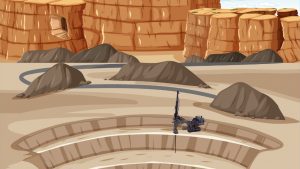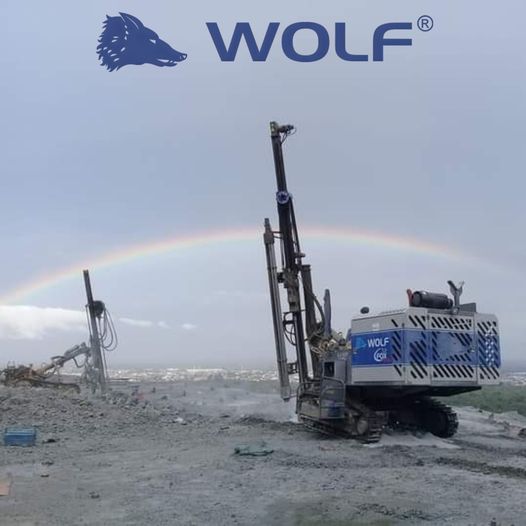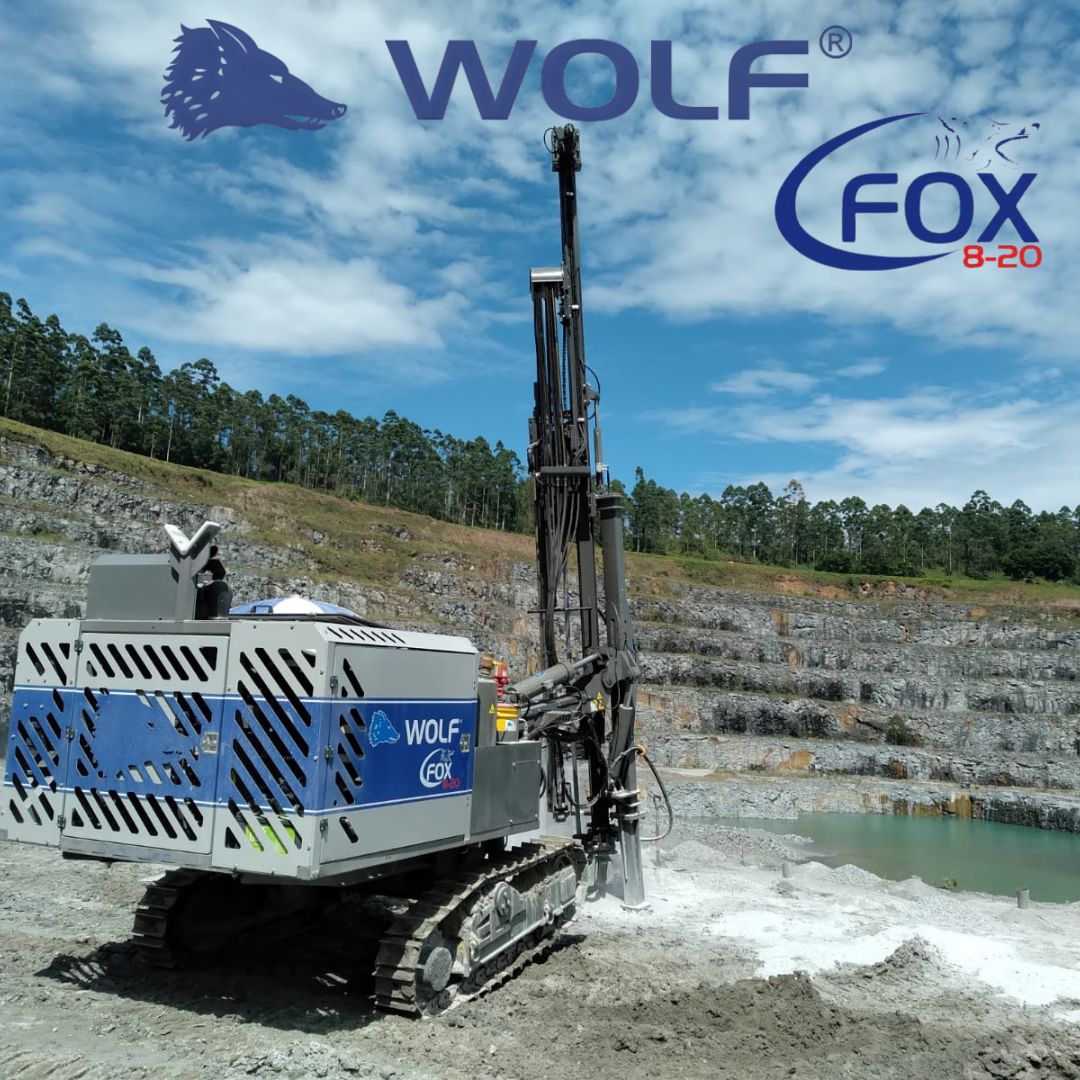
The rock drilling process in construction and surface mining involves several stages and the determination of different parameters that affect the final result. Here is an overview of the process and the main parameters involved:
Geological Survey: Before drilling begins, it is essential to conduct a geological survey of the area. This helps to understand the characteristics of rock formations, such as their hardness, strength, and structure. This information is critical to determining the proper drilling parameters.
Determination of drill mesh size: Drill mesh refers to the spacing between drill holes. The determination of the mesh size depends on the type of rock, the objective of the drilling and the type of explosive used. In general, the size of the drill grid is determined taking into account the desired fragmentation of the rock after detonation.
Drilling diameter: The drilling diameter is selected based on project requirements, such as the type of explosive used, the desired size of the rock fragments, and the type of blasting equipment to be used. Larger diameters are used to obtain larger fragments, while smaller diameters are used for smaller fragments.
Drill Depth: Drill depth is determined based on the needs of the project, such as the depth needed to reach an ore cap or create a solid foundation for construction. It is also important to consider the stability of the drill hole and the safety of the workers.
Impacts of the drilling process: Rock drilling can have several impacts, including:
Cost: The drilling process, especially in harder rock, can be expensive due to bit wear and energy consumption.
Mineral extraction: In mining, drilling is one of the first steps in the extraction of valuable minerals. Drilling efficiency and precision directly affect the productivity and profitability of the operation.
Ground Stability: Proper drilling is important to ensure ground stability, especially in construction projects. Poorly executed drilling holes can compromise the integrity of the structures and cause instability.
Proper selection of drilling parameters, such as mesh size, diameter, and depth, is essential to ensure the efficiency and success of the drilling operation. It is important to consider geological features, project objectives, and environmental and safety impacts when determining these parameters.





